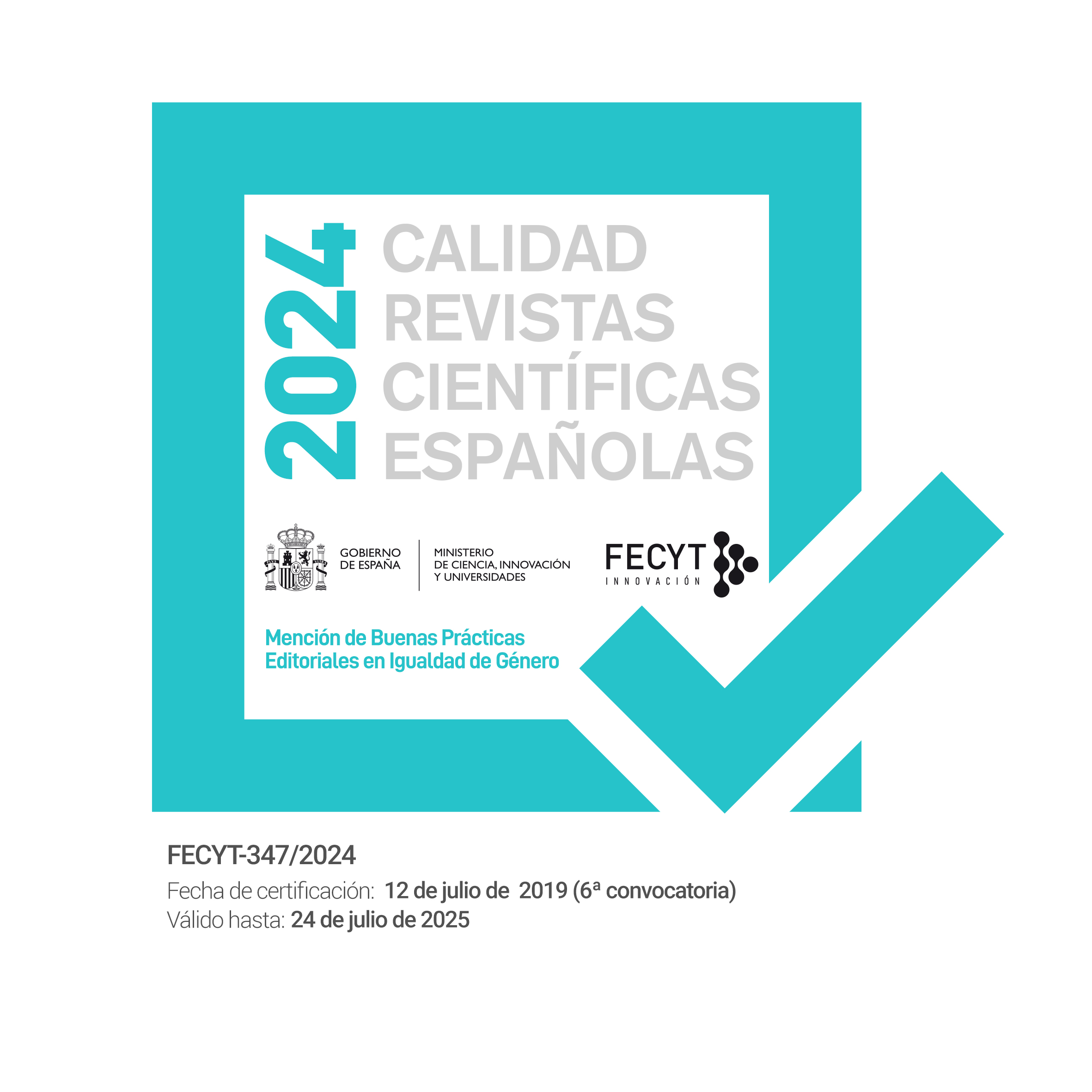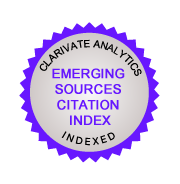Los colgantes renacentistas
DOI:
https://doi.org/10.5944/etfvii.11.1998.2311Abstract
La Joyería europea del siglo XVI es una disciplina muy compleja por el número de piezas que han llegado hasta nosotros, y porque muchas de ellas tienen un tema representado en su parte central. De todos los tipos de joyas, en este trabajo se analiza el denominado joyel o colgante renacentista, un colgante de forma cruciforme, en oro esmaltado trabajado con motivos decorativos del Renacimiento y decorado con piedras preciosas engarzadas entre ellos. Presenta tres tipos, el más sencillo, que le da nombre, el que tiene un tema desarrollado entre los motivos y el que muestra una hornacina con figuras en su parte central. Su análisis en cuanto ejemplares, su localización en diseños, documentos y retratos, constituye el argumento de este artículo.
The Renaissance jewellery is very complete. We know a lot ofjeweis of different types and there are very much themes on them. Between the types, in this article we study the denominated joyel or Renaissance pendent, a cruciform pendent in enameled gold with Renaissance decorative motives, with precious stones linked on them. This pendent presents hree types. The most symple,one that has some theme on it and, a third wich has a niche with figures. The study of these jeweis and their localization on designe, documente and portraits, is the end of this work.
Downloads
Downloads
Published
How to Cite
Issue
Section
License
Authors who publish in this journal agree to the following terms:
- Authors retain copyright and grant the journal right of the first publication with the work simultaneously licensed under a license Creative Commons Reconocimiento-NoComercial 4.0 Internacional that allows others to share the work with an acknowledgement of the work's authorship and initial publication in this journal.

- Authors are able to enter into separate, additional contractual arrangements for the non-exclusive distribution of the journal's published version of the work (e.g., post it to an institutional repository or publish it in a book), with an acknowledgement of its initial publication in this journal.
- Authors are permitted and encouraged to post their work online (e.g., in institutional repositories or on their website) prior to and during the submission process, as it can lead to productive exchanges, as well as to earlier and greater citation of the published work (See The Effect of Open Access).








